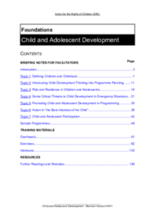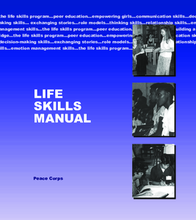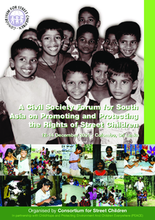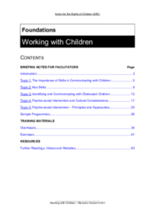Demographic Data
|
Sources: World Bank, UNICEF, UNDP HDR 2015, DHS 2011 |
Displaying 14071 - 14080 of 14348
The overall objective of the study was to compile, consolidate and validate available information on children affected by AIDS, in order to facilitate the development of a long-term national strategy aimed at promoting, protecting and fulfilling the rights of these vulnerable children in Zimbabwe.
Training materials on the threats to children’s development from displacement and armed conflict and other emergency situations. It includes guidance on strategies to promote children’s development in adverse conditions.
A comprehensive guide to training young people on the development of life skills, such as communication, decision-making, and relationships.
A training resource pack on skills for working effectively with children, particularly children in distress.
Report from a regional meeting on street children in South Asia. Contains country reports, outlines key issues, and highlights best practices for programs operating in the region. Includes recommendations for advocacy, program and policy development.
Analyzes discrimination against minorities in Central and Eastern Europe and the former Soviet Union. Suggests projects to counter discrimination and includes points for good practices in dealing with prejudice.
Outlines the planning and implementation of programs focused on recruitment prevention, demobilization, or reintegration of child soldiers. Includes notes on situation analysis, monitoring, and evaluation.
Discusses the importance, benefits and challenges to community mobilisation for refugees and other displaced persons, with a particular emphasis on children. Includes facilitators notes, participatory exercises, overheads, and handouts.
Resource pack for a course introducing the skills necessary for communicating with children. Includes facilitator’s notes, exercises, and handouts, as well as a list of relevant resources.
Resource pack for a course in child and adolescent development. Emphasis on identifying threats to childhood development and strategies to promote development in adverse conditions. Includes facilitators notes, participatory exercises, overheads, and handouts.










